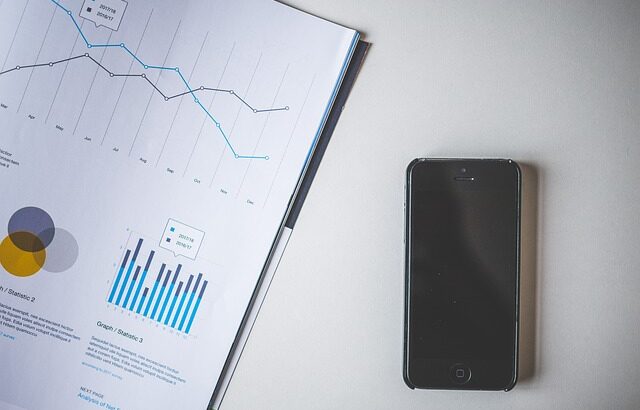Have you heard of Cambridge Analytica’s (CA) breaching and its Trump connections?
This hot topic is surfacing all around. Do you know why?
Well, it’s just because the aforementioned data analytics company harvested on 50-million Facebook users’ data. Such a big data breach, Isn’t it?
This revelation has taken away the breath of zillions of FB users. They might be heaving a sigh of relief after pushing the security button in its settings. Despite this precautionary measure, the data mining occurred illicitly. It’s a negative aspect of what that organization did. If you look at its flip side, you’ll see the positive silver lining. And, that would be of the brand awareness. Its analysts made people aware of the Trump and his good deeds via the data research and its consequent conclusions.
In all, this incident is undoubtedly another example of data breaching. In parallel, this case spotlighted how big data mining can be a game changer. You can derive unique business intelligence over how to utilize data sets for yielding zillions of dollars.
Here is an insight of the entire scam that epitomized the best ways to buzzing a brand all around.
1. Brainstorming how to segregate data:
Data can be a big manipulator. On the contrary, it can be a great reputation builder. Let’s look into the hacks that the CA used for bringing Donald Trump in the win-win situation in the US. Matthew Oczkowski (the head of the CA product) figured out the voice of data. His intelligence reflected in the segregation of the collected data into three major groups. Basically, he wisely put various data sets into the political, commercial and 1st party buckets.
For any kind of role, the objective must be drawn clear in your mind. He knew that the digital campaigning could not be a great success unless having relevant data. Therefore, he worked on targeting the data sources. He approached many of the top licenced commercial data sellers. That data was enough to evaluate the target audience. He had its general demographics, geographies, interests and many more things in his fist. Direct response through internal surveys, research and exclusive data relationship patterns created a more exact and accurate path to walk onto. It led to the desired target that was the victory of his client Trump.
2. Data pull out behavior:
The data figure out who to say and what that can be. However, the demographics are crucial but, the marketing based on it is obsolete now-a-days. It can display the interest and behavior. The demographics basically represent the statistical data relating to the population and its groups. But, this information is not enough to convince a customer to buy.
Let’s say, one out of the audience lives in New York and he places an order for Levis jeans almost every alternate month. This data unfold his love for that branded jeans. But, how can you motivate him to buy another one of your startup brands- it’s a big concern.
Therefore, you need to move to communicative methods. The next section mouths off about it.
3. Motivations communicate:
You need to know the underlying motivation that pulls the audience to buy.
What’s that? Can you guess?
Digital marketing has several paid and unpaid advert options. Facebook, Twitter, Instagram and YouTube are all your best tools to partner with. Each network has its own scalability and fan-following. You can dive into their scalability pool to amplify your brand’s voice. And if you have deep pockets, you can go for much bigger mode to motivate customers. It can be a television commercial or a radio ad. The same approach fetched limelight for the Trump.
4. Maximize utilization in digital campaigns:
An exclusive insight needs the perfect confluence of data science, analytics and digital marketing. The head of the Analytica exploited the intelligence driven from this collation. He came with extremely efficient and reactive strategies to counter the popularity campaign of the Trump’s rivals.
Alongside, he took the best instances of his client to everyone via Facebook, Twitter, Google plus and so on in the audience. Thereby, his client emerged as a household name to exercise votes for.
5. Data analysis inspired customization:
There is no fixed standard to run an identical campaign for different clients. However, the data vendors sell demographics and geographic details. That can be similar the data sets from their collection. But, the analytical lens through which those are seen would never be alike. They are tailored because the every client and his requirements differ from each other.
What campaign the Cambridge Analytica ran for the current president of the USA was different from the ones ran for his party members. It concludes that there is no fixed standard to create brand awareness of similar or different brands.


